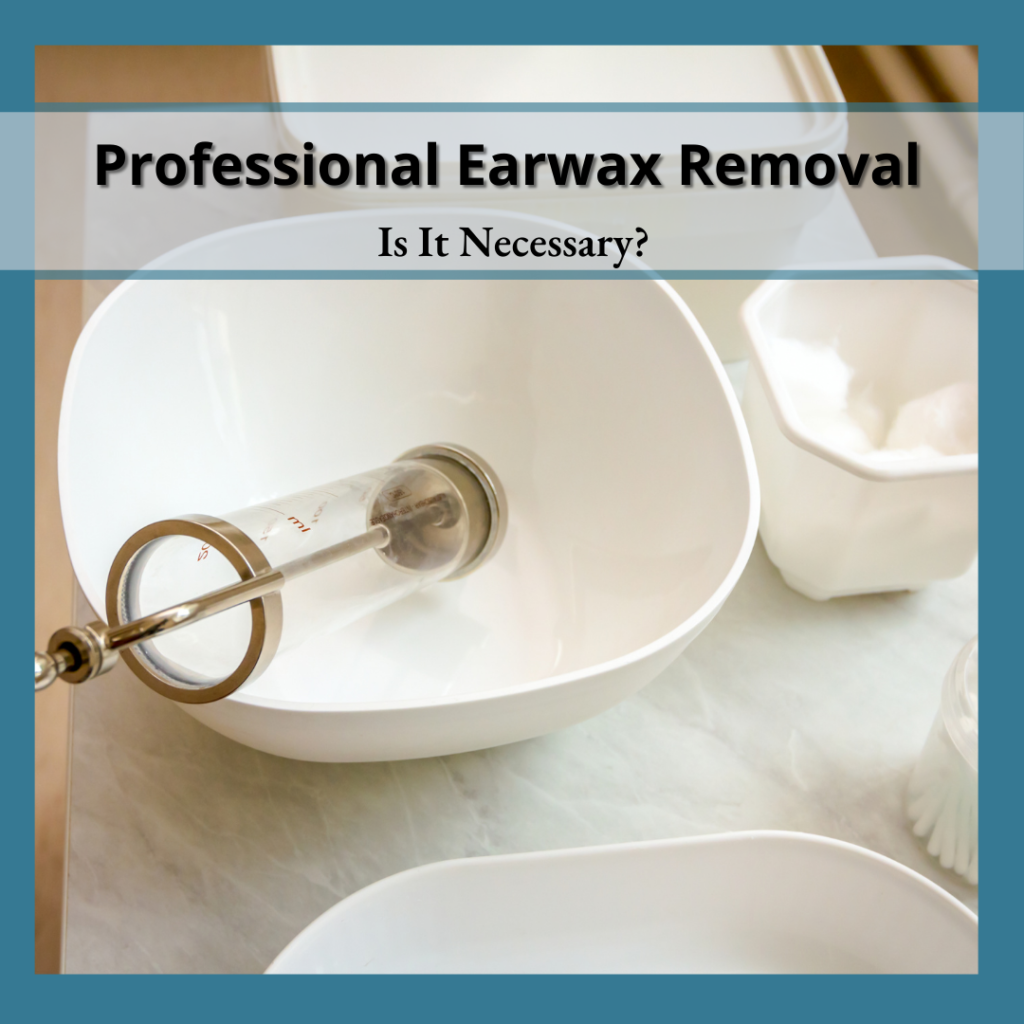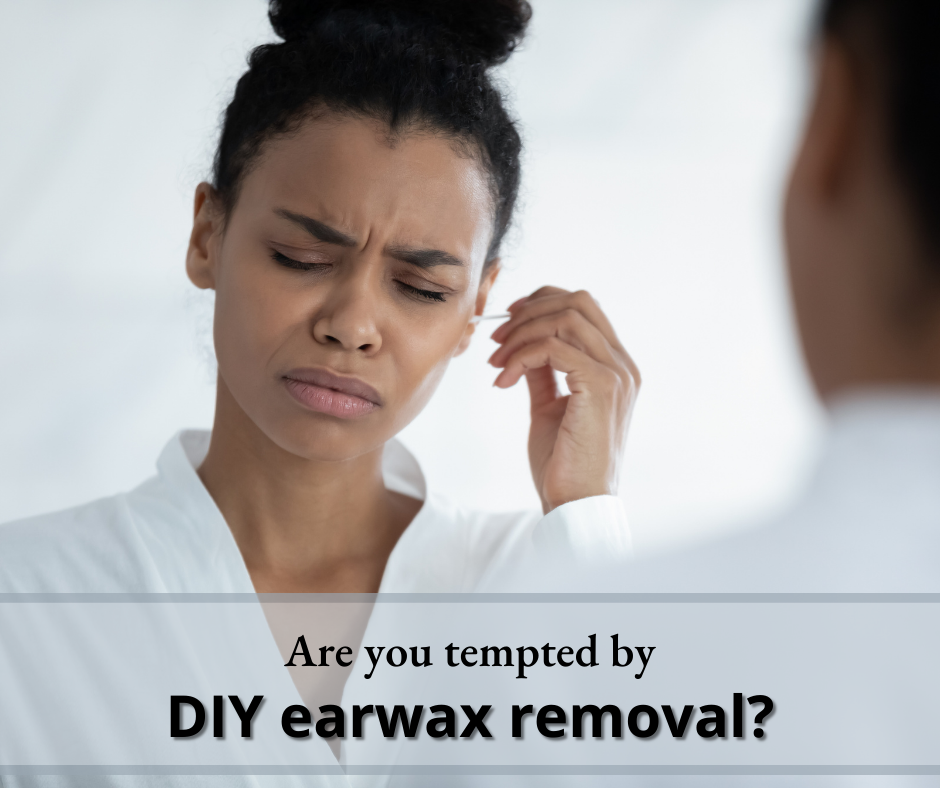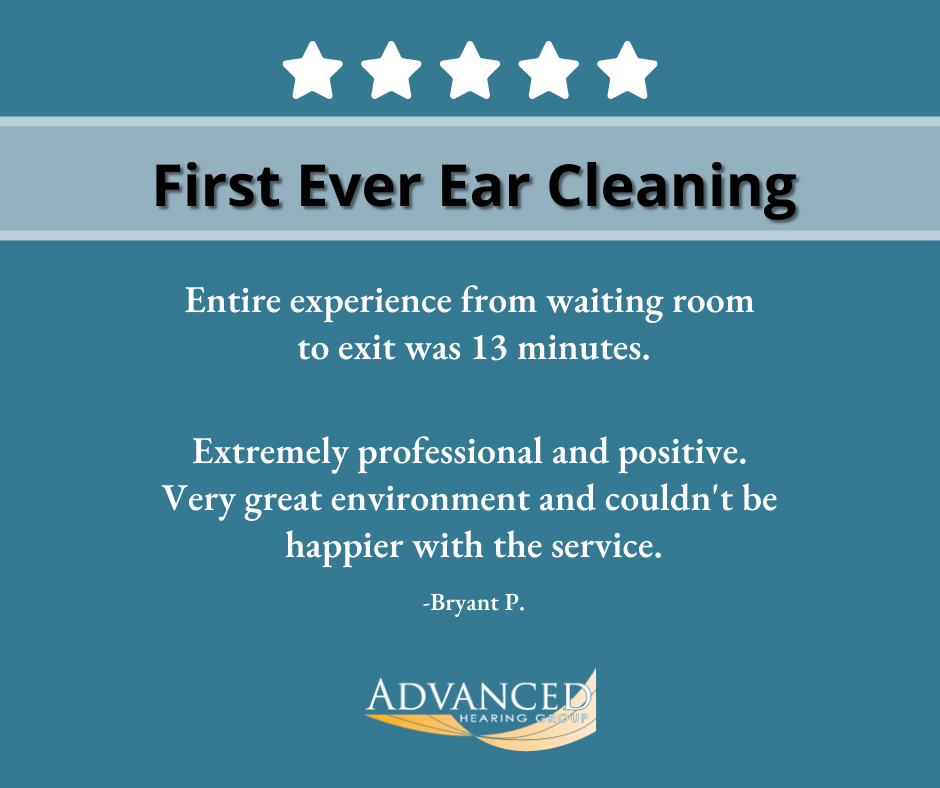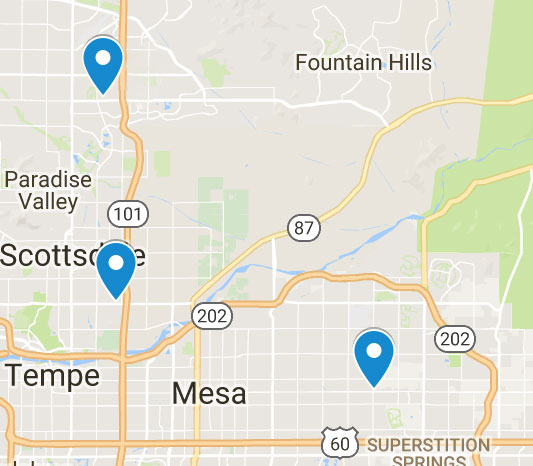Excessive earwax or an earwax buildup is more common than you might think. If you’ve ever experienced it yourself, you can probably attest to the pain or discomfort that such a buildup can cause. However, is it possible to get rid of the wax yourself, or is professional earwax removal a better option? Let’s take a deep dive into the topic to find out the answer.
What is the purpose of earwax?
Although it may not be attractive to look at or pleasant to think about, earwax does actually serve a useful purpose. It acts as the body’s own antifungal and antibacterial agent, helping move dead skin cells and debris out of the ear.
Is earwax removal actually necessary?
Ideally, a person should never need to have earwax removal from his or her ear canals. This is because the ear canals are self-cleaning.
Under normal circumstances, old earwax and sloughed skin cells typically pass on their own from the inside of the ear canal to the outer opening. At the opening of the canal, the earwax usually dries up and falls out of the canal.
When someone is prone to too much earwax, however, it’s possible for earwax to build up inside the canal and not move out on its own. This can lead to pain, discomfort, and even hearing loss. In this case, earwax removal is certainly warranted.
Is it okay to remove earwax yourself?
While it may be tempting to use things like Q-tips, bobby pins, or twisted napkin corners to clean out your ears, it’s not recommended. That’s because these objects only serve as ramrods to push the wax deeper into the ear.
Rather than attempting to remove a wax buildup yourself, and potentially causing damage to delicate ear parts, we recommend professional earwax removal. It’s safe, effective, and can often be done in less than half an hour.
When is professional earwax removal necessary?
You know it’s time to seek the help of a hearing professional when you notice any of these signs:
- Ear pain and/or discomfort
- Hearing loss or a sense of fullness in the ears
- Itchy ears
- Discharge from the ear canal
- Tinnitus (a ringing in the ears that you didn’t previously experience)
If you’re not already working closely with a hearing healthcare professional, simply schedule an appointment with a local audiologist.
How does professional earwax removal work?
You may be wondering what a hearing professional has that you don’t. Simply put, they have the knowledge, expertise, and the right tools to get the job done safely and efficiently.
Professional earwax removal is typically done in one of two ways:
- Manual method: Your doctor will use forceps, suction, or a curette to safely extract the built up earwax. Will this procedure be painful or uncomfortable? It’s certainly possible. However, the discomfort is typically short lived and having a professional’s help means you’re less likely to have ear damage from the buildup.
- Irrigation method: This is exactly what it sounds like – your doctor will irrigate the ear canal with a water-filled syringe or if needed, a high-powered hose-like device. The fluid flushes the impacted earwax out, leaving a clean and clear ear canal behind.
For a better idea of what professional earwax removal by an audiologist actually looks like, watch this video:
Can impacted earwax affect hearing aid performance?
Absolutely! Just like your ears, hearing aids are made up of delicate parts. When you have too much earwax, those parts can become clogged and the overall hearing aid performance can be impaired. Hearing aid wearers with an earwax buildup may experience feedback from the device, muffled sound, or increased hearing loss. They may even find that their hearing aids don’t fit as well.
Another connection between hearing aids and earwax is this: hearing aids can actually cause earwax buildup. Remember when we said that old earwax typically makes its way out on its own? With hearing aids blocking the outside entrance to the ear, this natural occurrence can’t happen, or at least can’t happen as efficiently. In addition, hearing aids may actually stimulate the cerumen glands in the ear and cause them to produce more earwax.
So, what’s the solution to this problem? If hearing aids have been prescribed as part of your hearing loss treatment plan, should you stop wearing them? No! Hearing aids absolutely can help you hear better and make a big difference in your quality of living. You’ll just need to make sure that you schedule professional earwax removal on a regular basis to prevent buildups.
How can you prevent hearing aid damage from earwax?
In addition to professional earwax removal, it’s also important to know how to clean your hearing aids in-between ear cleanings. When left alone, earwax can clog hearing aid vents and receivers and also corrode hearing aid batteries due to its moisture content.
Your audiologist may be able to recommend a hearing aid cleaning kit if you wish to clean the devices yourself. And, most models have a wax trap that can be changed out periodically to keep your hearing aids in good working condition. If you don’t want to or can’t clean your hearing aids yourself, look for a local hearing aid maintenance center where the job can be done by professionals.
Professional Earwax Removal, Hearing Aid Maintenance and Repair in Mesa and Scottsdale
If you live in the Mesa or Scottsdale, Arizona area, Advanced Hearing Group is your one stop shop for professional earwax removal and hearing aid services. Our audiologists have the knowledge, expertise, and tools to remove earwax safely and effectively. We can also repair and maintain hearing aids at all of our locations. Simply give us a call to schedule an appointment with us today!




